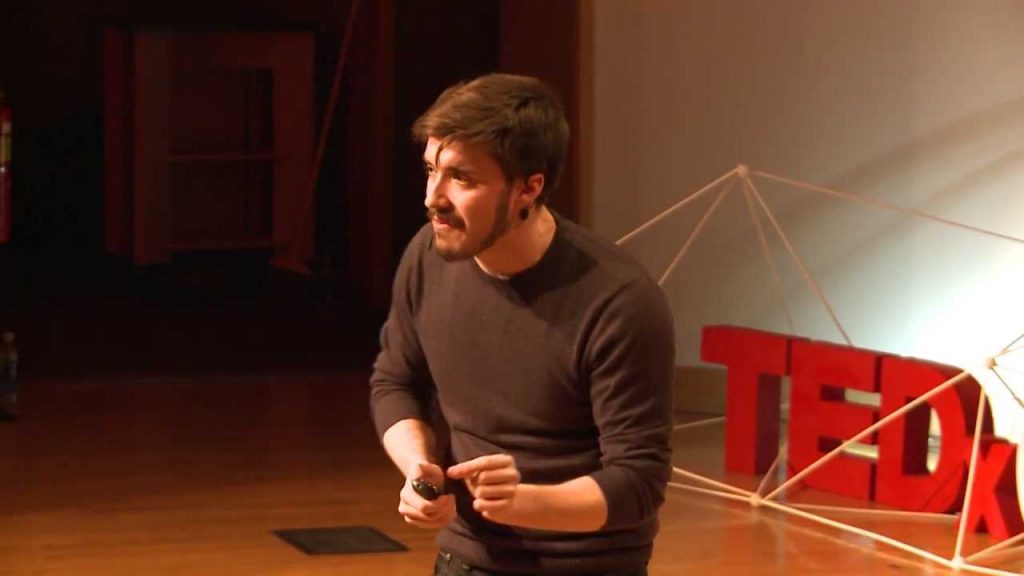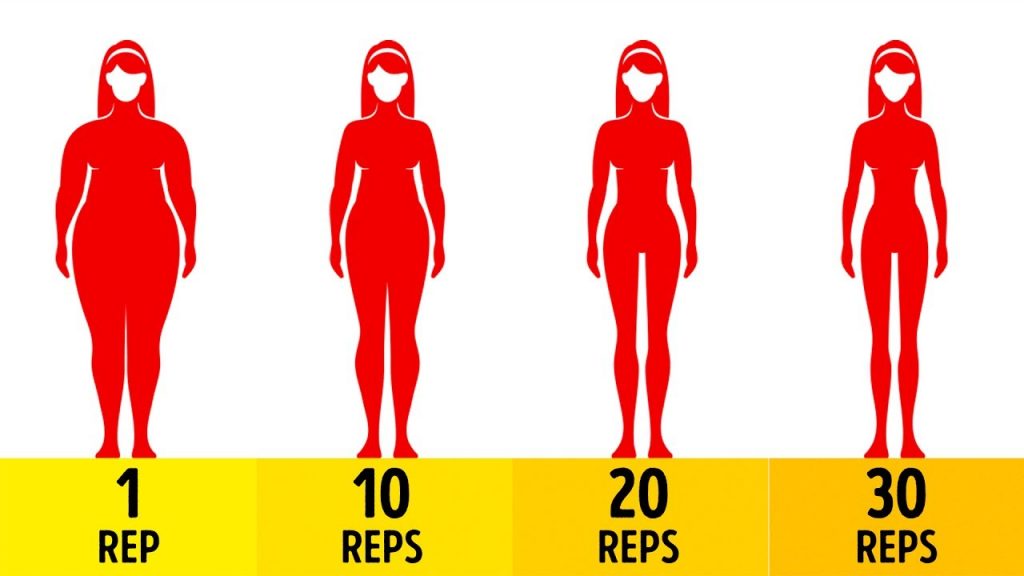The Super Mario Effect – Tricking Your Brain into Learning More | Mark Rober

When 50,000 of Mark Rober’s 3 million YouTube subscribers participated in a basic coding challenge, the data all pointed to what Rober has dubbed the Super Mario Effect.
The YouTube star and former NASA engineer describes how this data-backed mindset for life gamification has stuck with him along his journey, and how it impacts the ways he helps (or tricks) his viewers into learning science, engineering, and design.
Mark Rober has made a career out of engineering, entertainment, and education. After completing degrees in mechanical engineering from Brigham Young University and the University of Southern California, Rober joined NASA’s Jet Propulsion Laboratory in 2004.
In his nine years as a NASA engineer, seven of which were on the Mars rover Curiosity team, Rober worked on both the Descent Stage (the jet pack that lowered the Rover to the surface) and some hardware on the Rover top deck for collecting samples. In 2011, Rober’s iPad-based Halloween costume helped launch both his creative costume company, Digital Dudz, and his YouTube channel, which now boasts 3 million subscribers and 400 million views.
His videos focus on creative ideas and science- and engineering-based pranks and activities. Rober is a regular guest on “Jimmy Kimmel Live!”. Today, he does research and development work for a large technology company in Northern California, where he lives with his wife and son.
The difference between a ‘fear of failure’ mindset and a ‘level-up’ mindset when it comes to learning is significant.
Have you ever noticed how easy it is to learn something when you’re having fun? Whether it’s playing video games or solving puzzles, when you’re enjoying yourself, the learning process becomes effortless.
This phenomenon is known as “The Super Mario Effect”, a term coined by engineer and YouTuber Mark Rober in his 2018 TEDxTalk. In this talk, Rober explains how we can trick our brains into learning more by changing our mindset and approach to learning.
Rober identifies that we often approach learning with a fear of failure, where mistakes are seen as a negative outcome. This creates a self-imposed pressure that can hinder our ability to learn effectively. Instead, Rober argues that we should approach learning with a “level-up mindset”, similar to the way we approach video games.
In video games, players are not discouraged by failure; rather, it is seen as an opportunity to learn and improve. The reward of reaching the next level or unlocking a new item motivates players to persevere through challenges and setbacks. Applying this mindset to learning allows us to view mistakes as part of the learning process and opportunities to level up our knowledge and skills.
Rober also suggests that applying gamification techniques to learning can increase engagement and retention. This can include creating a clear goal or objective, providing immediate feedback and rewards, and incorporating fun and challenging elements. By turning learning into a game, we can increase our motivation to learn and enjoy the process.
The Super Mario Effect has far-reaching implications for education and personal development. By shifting our mindset and adopting gamification techniques, we can unlock our potential to learn more efficiently and enjoyably. As Rober concludes, “the best way to learn is to have fun while you’re doing it”.
In conclusion, The Super Mario Effect is a game-changing concept that emphasizes the importance of taking a positive approach to learning. By adopting a level-up mindset and gamifying the learning process, we can overcome fear and procrastination and achieve our goals with greater ease and enjoyment. As we continue to learn and grow, let’s remember to have fun along the way.









Make-ahead FREEZER breakfasts! French toast sticks, egg muffins, buttermilk syrup
The Right Way to Do Intermittent Fasting For Maximum Benefits – Sadhguru
Fasting vs. Eating Less: What’s the Difference? (Science of Fasting)
9 Healthy Breakfast Ideas For Weight Loss
Secrets The Food Industry Doesn’t Want You To Know